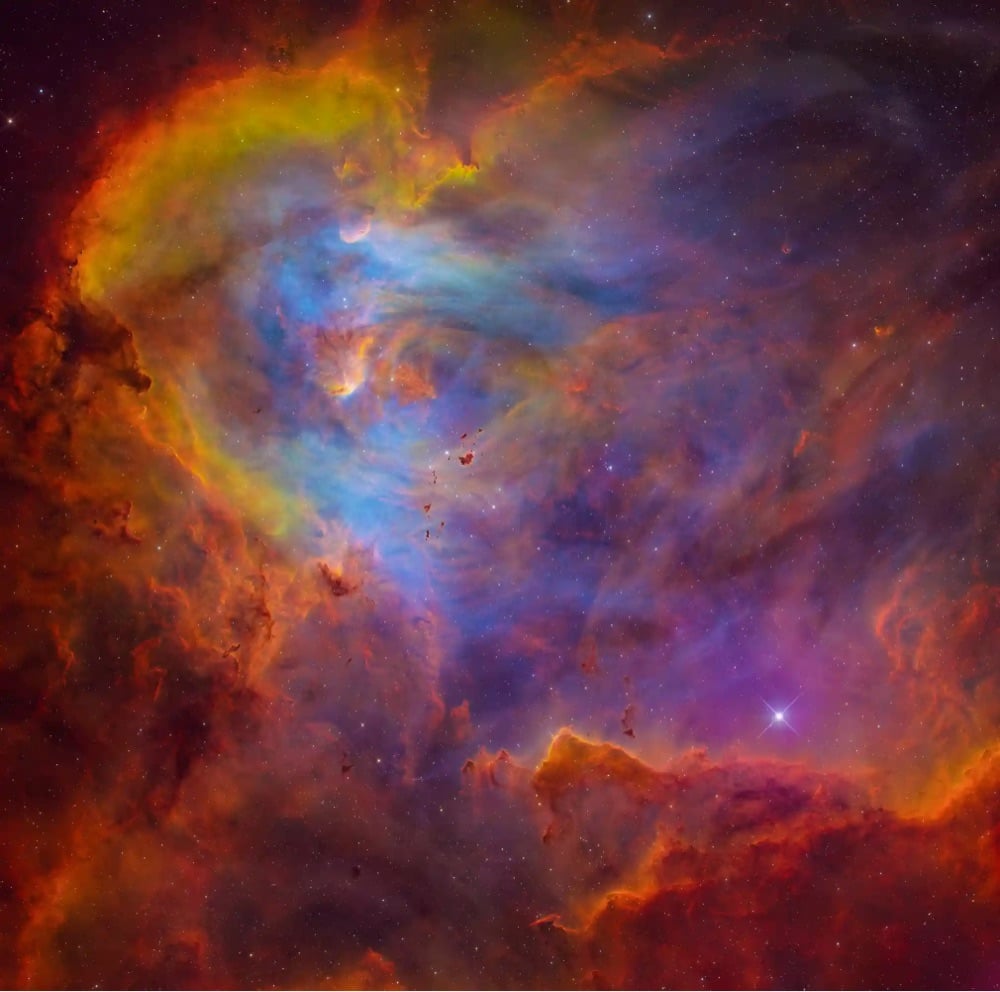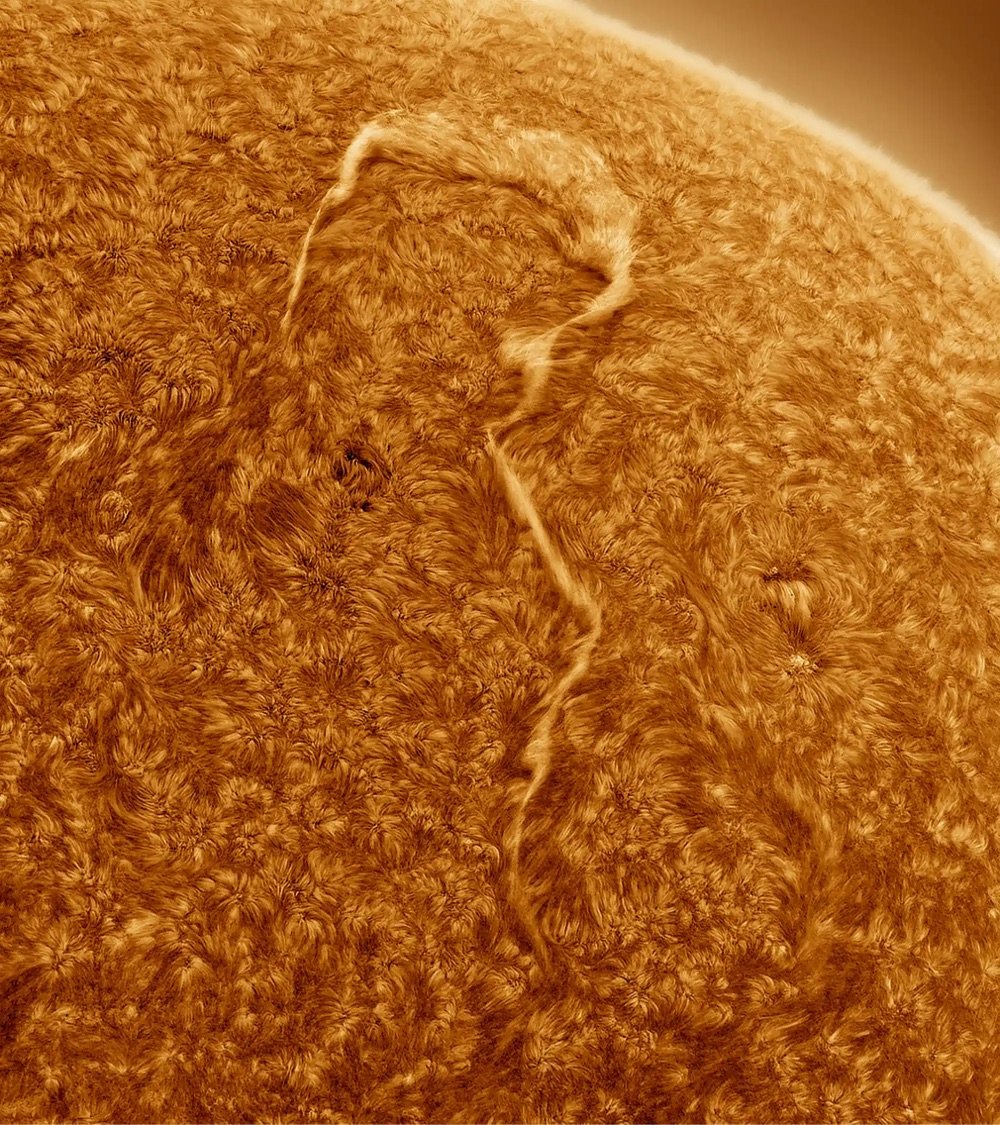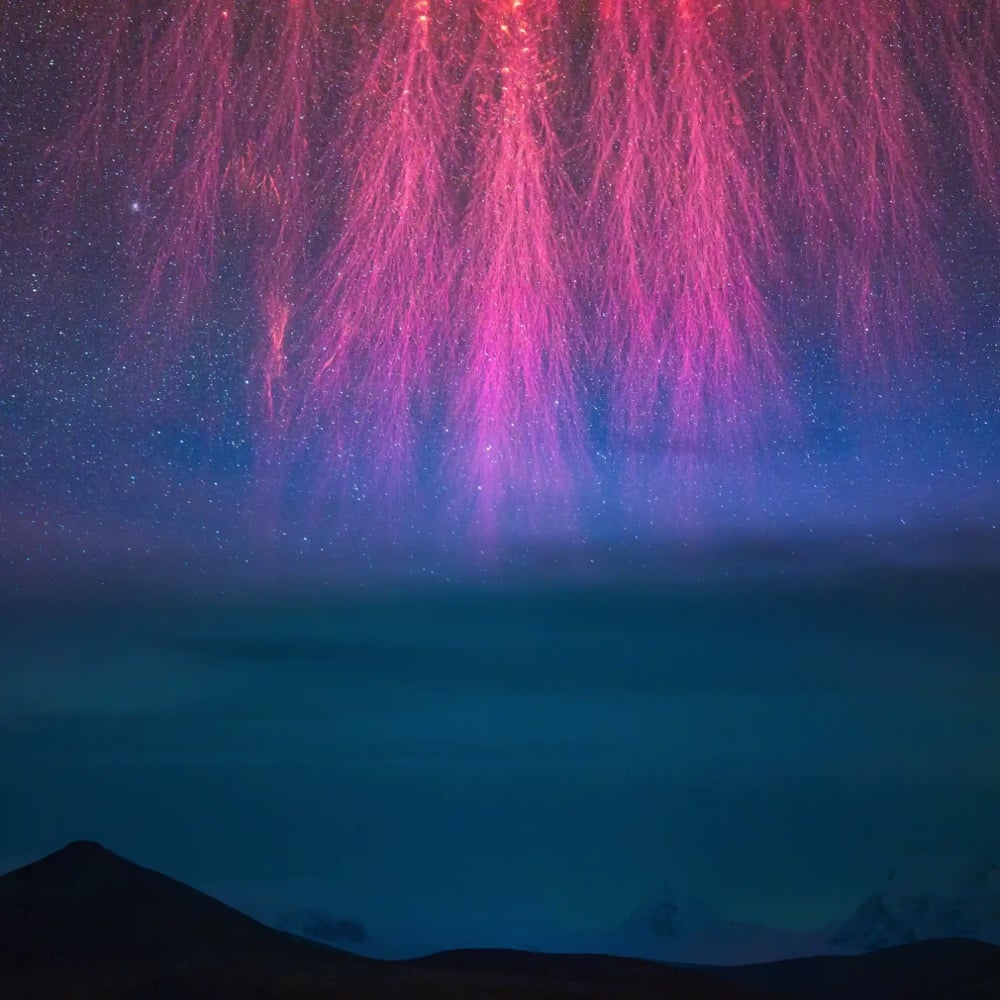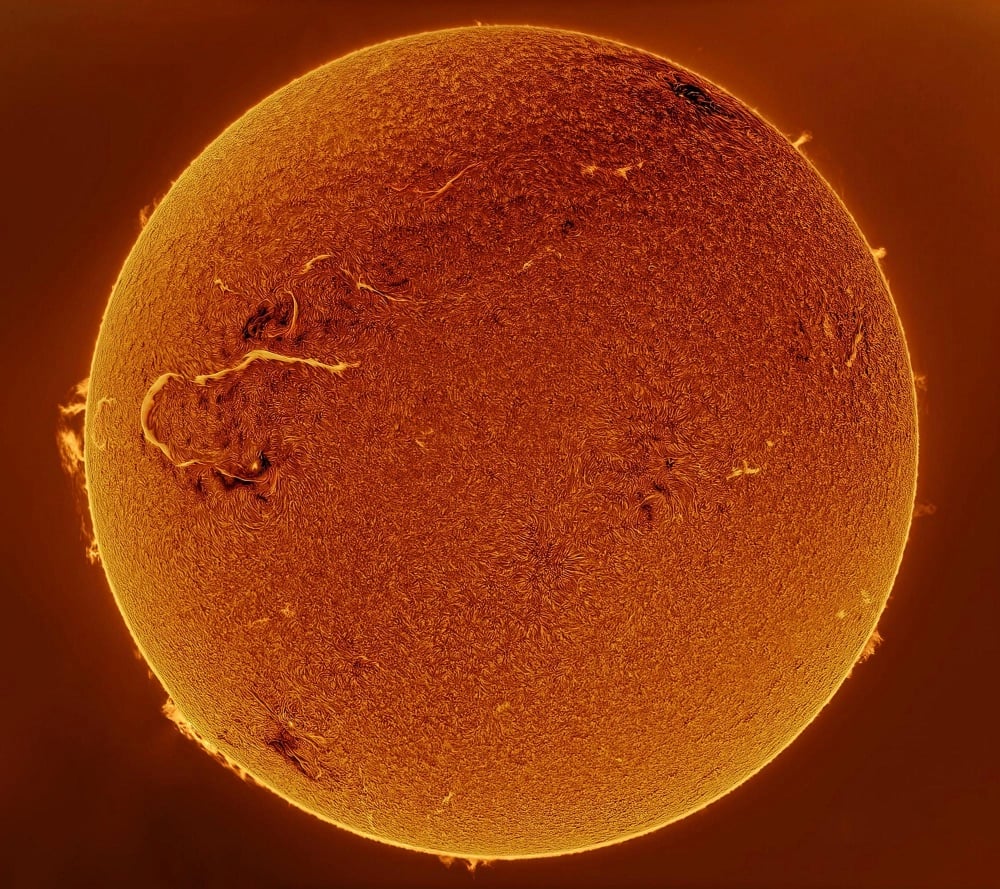Some Stunning Shots From the Astronomy Photographer of the Year 2023 Competition





The Royal Observatory Greenwich in London has announced the winners of the Astronomy Photographer of the Year 2023 competition and as you can see from the selection above, there were some amazing shots. From top to bottom:
- Runwei Xu and Binyu Wang for their photo of The Running Chicken Nebula.
- Eduardo Schaberger Poupeau for capturing a question mark on the Sun. I will never tire of looking at the detail of the Sun’s surface.
- Angel An. “This is not, as it might first appear, an enormous extraterrestrial, but the lower tendrils of a sprite (red lightning)! This rarely seen electrical discharge occurs much higher in the atmosphere than normal lightning (and indeed, despite the name, is created by a different mechanism), giving the image an intriguingly misleading sense of scale.”
- Mehmet Ergün. More Sun!
- Marcel Drechsler, Xavier Strottner and Yann Sainty for their shot of the Andromeda galaxy.
The last shot was the overall winner. While not as dramatic as some of the others, it documented the discovery of a previously unknown feature of a nearby cosmic neighbor:
The Andromeda galaxy is the closest spiral galaxy to our own Milky Way, and one of the most photographed deep-sky objects. Yet this particular photo, captured by an international trio of amateur astronomers, revealed a feature that had never been seen before: a huge plasma arc, stretching out across space right next to the Andromeda galaxy.
“Scientists are now investigating the newly discovered giant in a transnational collaboration,” explain the photographers. “It could be the largest such structure nearest to us in the Universe.”
You can see the rest of the winning images on the Royal Observatory site as well as coverage from the BBC, the Guardian, Colossal, and Universe Today.





Stay Connected